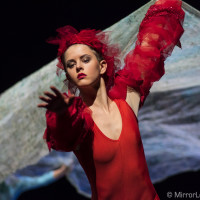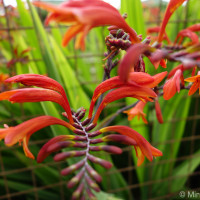With the end of 2013 drawing near, the time has come for us to sum up the year and what it meant for the mirrorless world.
I don’t like to create rankings of the best and worst cameras of the year because camera preference is mostly a personal matter and what is good for me could be bad for you. What I can say, however, is that it has certainly been a very interesting year for mirrorless cameras. And from the news and rumours we’ve read so far, 2014 could be an even better year than 2013.
Random things I appreciated in 2013
- Fujifilm firmware updates: Other brands should take note and learn. Fujifilm not only invests in new cameras but continues to invest in cameras already out there. Concrete AF improvements, new features, a second chance at life for two year old models. This shows great value and respect for the users who choose the brand and invest in their products, regardless of whether it was two months or two years ago.
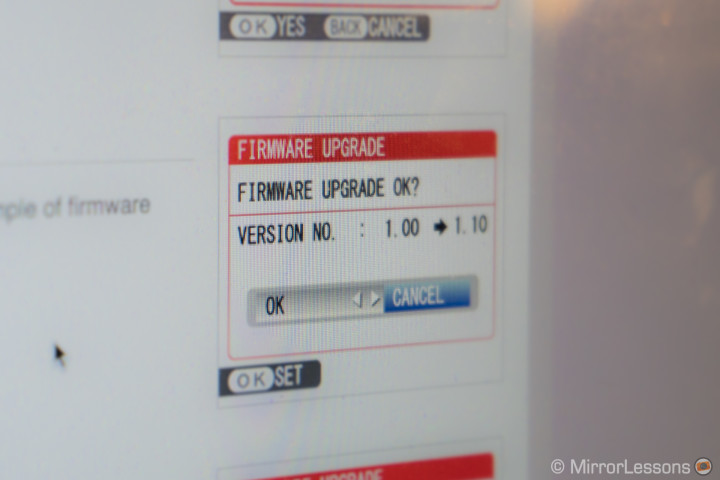
- Sony pushing the limits: They had the guts and they did it. A full frame mirrorless interchangeable-lens system now exists. Photographers wanted it, and now they have it, a full frame system that mixes two of the things we like the most: compactness and image quality. It’s new, it certainly needs some tweaking, and it most certainly needs more native lenses, but it is a pretty darn good start.

- Olympus’ dedication to the MFT system: The OM-D E-M1 represents a big step not only because it is the most advanced MFT camera on the market, but also because it shows the devotion of the brand to the system. Olympus believes 100% in the strength of the MFT system and that is exactly what we want to see from a brand.
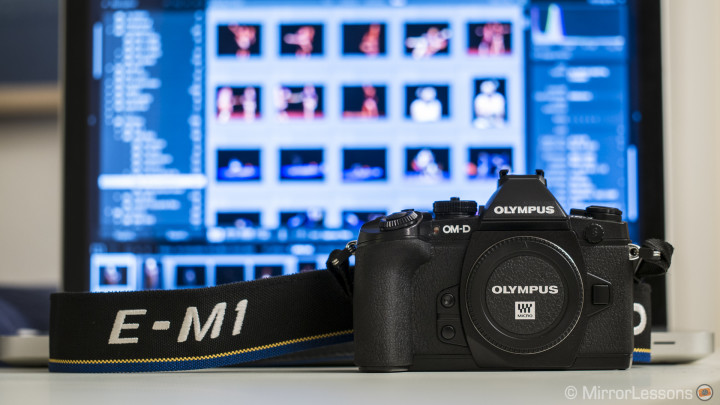
- 5-axis stabilisation: It allows you to shoot without a tripod in most situations where you would require one on other cameras. Of all the interesting features I’ve tried on the various cameras we’ve tested, this is definitely my favourite.

- Fujifilm simulation modes: When it comes to colours, Fujifilm is the first brand that comes to my mind. They are so different from the usual digital colours you can find on a digital camera. The film simulation modes make you want to shoot in JPG only and enjoy the result right away.

- Rebecca Lily Pro Set II: When I don’t know what kind of look to give my photograph, there’s always something in the Rebecca Lily Pro Set that inspires me. I love the rendering and you can feel that they have been developed by someone who is truly passionate about film photography.
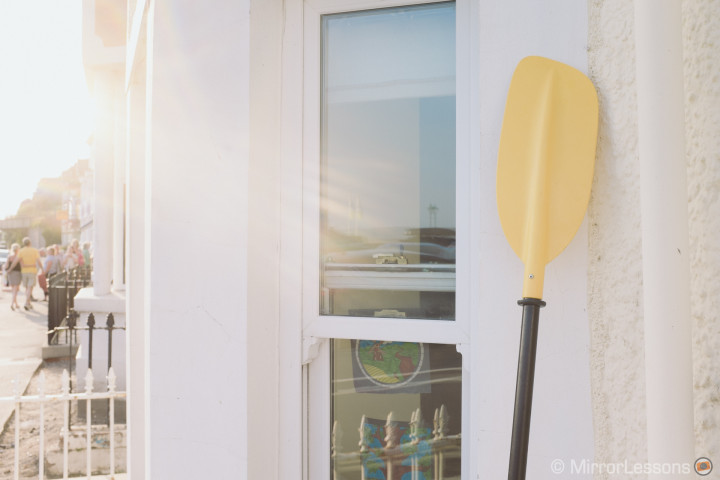
- The Fuji X Group Italia on Facebook: There’s always a good reason to laugh in the Fuji X Group Italia. There is a very friendly atmosphere which has led to offline meet-ups and photo walks in the main cities of Italy. It is a great example of passion for photography at a human level. And the group has inspired the FujiTuesday meet-ups in Toronto. The beginning of a potential worldwide meet-up? Why not!
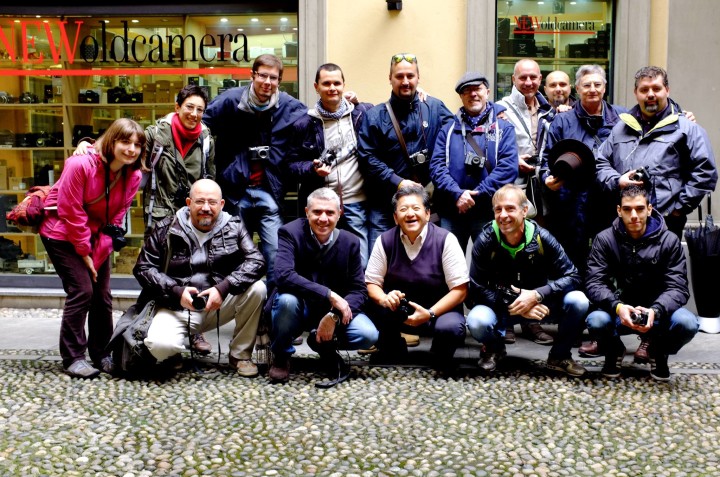
- The Lumix 35-100mm f/2.8: This is the lens I use all the time for work and is one of the best examples of a compact yet professional lens which makes me appreciate the MFT system so much.
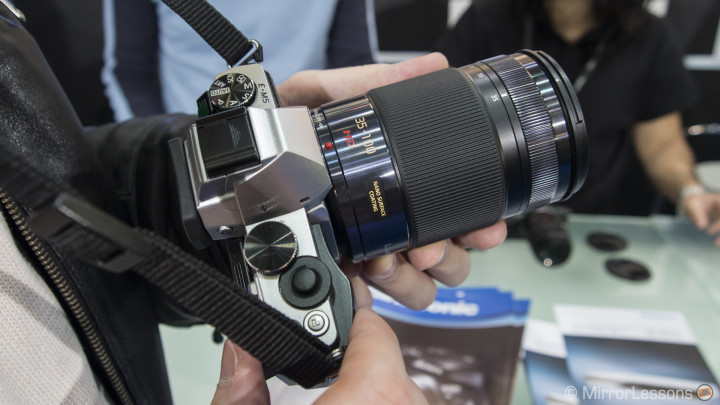
- The Handlepod: I like to avoid the use of tripods as much as possible as I prefer the freedom to move quickly and easily. But when I want a long exposure shot, the HandlePod is exactly what I need: small, can lean against almost anything and more straight-forward than tripod alternatives like the Gorilla Pod. Definitely my accessory of the year.
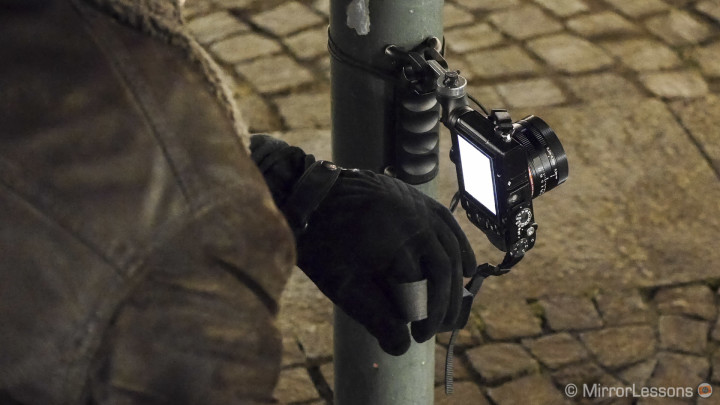
- The Lomography experimental lens kit for MFT: Because photography is also about instinct, creativity and having fun without thinking too much or being desperate about pure image quality.

Random thoughts about what to expect in 2014
- A full frame X100s camera: Because I think Fujifilm can do it, and many photographers would kill for it. I don’t see a full frame interchangeable lens system coming from Fuji anytime soon as the APS-C system isn’t yet complete and they are investing a lot in it. A full frame system would require them to release a new version of all the lenses. But a fixed lens full frame camera is doable and could be the pride and joy of the X system.
- More fast aperture primes for MFT: As much as I like the MFT lens system, I think that many users would love to see more 1.4, 1.2 or even 0.95 lenses released by the official brands. Lumix is on the right track with the recently announced 42.5mm f/1.2 made by Leica. I hope we will see a few more of these lenses. Luckily for us, Voigtlander exists!
- A new Leica mirrorless system: As much as I respect a brand like Leica, I think they need to come out with something really innovative to keep up with the competition. The rumoured new system could be very interesting, as long as the prices are affordable. Otherwise, it’s better just to stick with the M system and very pricey compact cameras.
- A great lens system made of small and top-notch primes for Sony FE cameras: The brand is off to a great start. With Zeiss on its side, I hope that the system can become a reference not only because they’ve put a full frame sensor inside a small camera but also because its lens line-up is excellent. The 35mm f/2.8 and the 55mm f/1,8 are proof that this is possible.
- A new Fuji X camera that could change a lot of things The rumours surrounding the new Fuji X camera suggest it could be weather sealed, with better AF and a different design, closer to that of film SLRs instead of rangefinders. This could only mean one thing and that is that Fujifilm want its system to spread and become a real alternative for every kind of photography. If they manage to create a really efficient AF (and I’m talking OM-D efficient) coupled with a very fast burst rate and fast constant aperture zoom lenses, then the DSLR segment should really start to worry.
- Less quantity, more quality and longer lives: As of today, there are too many cameras out there. And I am not talking about too many brands. Multiple brands create competition, and competition is good. But each brand has too many models. Often, they only last 6 months before talk of a replacement starts to spread. I feel each brand needs to categorise its cameras more. We don’t need so many Pen cameras. A low entry-level and advanced Pen are more than enough. The same goes for the OM-Ds – we only need two to complete the system. That goes for Sony and Panasonic as well. Fujifilm is reaching the limit with the X-M1 and X-A1; I hope they will know when to stop.
My favourite cameras of 2013
This website is a mere day away from its first birthday. Being so young, I didn’t get the chance to test all the cameras I’d have liked to. On my to-do list, I would certainly include the Leica M 240 and the Ricoh GR.
Other cameras like the Sony A7 & A7r arrived too late in the year to include them on my favourite list. I just recently received my A7, and will review it completely in January.
Among the cameras we tested, three really got under my skin for various reasons which are not necessarily related to image quality or the features they offer. Rather, I’ve considered what they represent to me and the mirrorless market this year.
Olympus OM-D E-M1
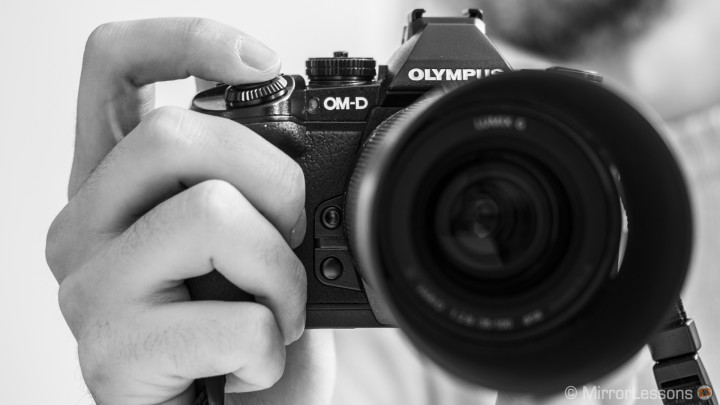
The OM-D E-M5 was the first camera I reviewed here on MirrorLessons and is also the camera I chose for work as a replacement for my DSLR. I quickly learned all the great features of the MFT system, tried many lenses and other great MFT cameras such as the GH3, the GX7 and the Pen E-P3 and E-P5. When I tried the E-M1 in September and then again in November, I realised that this camera was important for one aspect: it represents an achievement for the MFT system with regards to still photography.
From a professional point of view, it is the first complete alternative to DSLRs for its many professional features and specifications. Olympus put all its effort into building this camera and that really comes across when you use it. I already knew about its image quality, which has been improved over that of the E-M5, so I cannot think of a better camera when it comes to MFT. The E-M1 is without a doubt the king of the system, and the new line of Pro lenses Olympus is building, as well as the integration of its FT lenses makes the camera one of the most complete and versatile systems you can find. Really, there is nothing else left to add. For me, it is the camera of the year.
Interesting read:
Fujifilm X100s
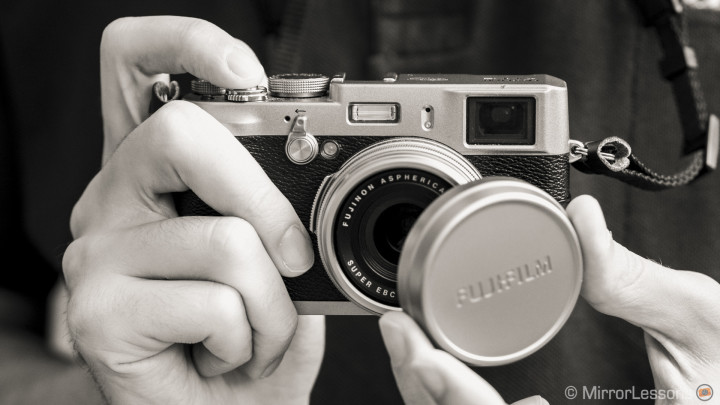
The Fujifilm X100s has continued to surprise me since I started using it during my short holiday in Venice. It is a camera I thought I’d only be using during my free time but I ended up bringing it with me almost everyday, even for work and even when using other cameras for review purposes. There is something more important about this camera than its great X-Trans II sensor or its unique colour reproduction. It is a camera that slows you down, makes you embrace photography in a different way, makes you think more. I know these words may come across as overly trite but this is what happened to me and I am not the only Fuji X user to say so.
Interesting read:
Sony RX100 II
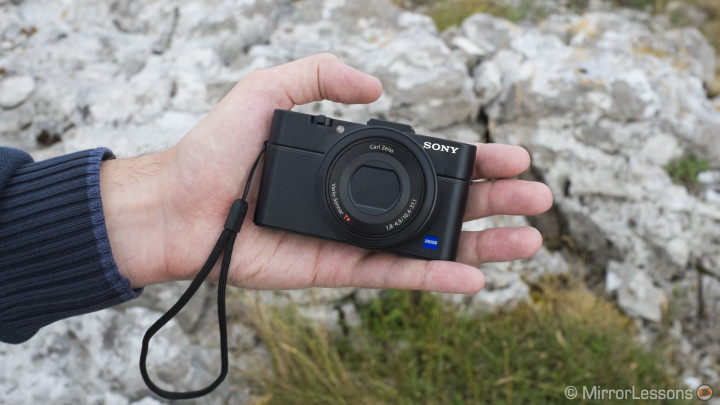
I never thought I could enjoy using a compact camera so much, but that’s what happened with the RX100M2. Certainly reviewing cameras for the site is an extra incentive, and being on my summer holidays made the experience of using a compact camera more enjoyable. The RX100M2 is the perfect example of what a compact can be: small, totally pocketable yet with exceptional image quality which could easily rival bigger and more expensive systems. It is a very good example of the interesting investments Sony has made in its photo department as of late.
Interesting read:
There are certainly many more topics I could bring to the table, but I think I can leave them for another time. So the only thing left to add is Happy New Year, dear Mirrorless readers, and see you in 2014!



